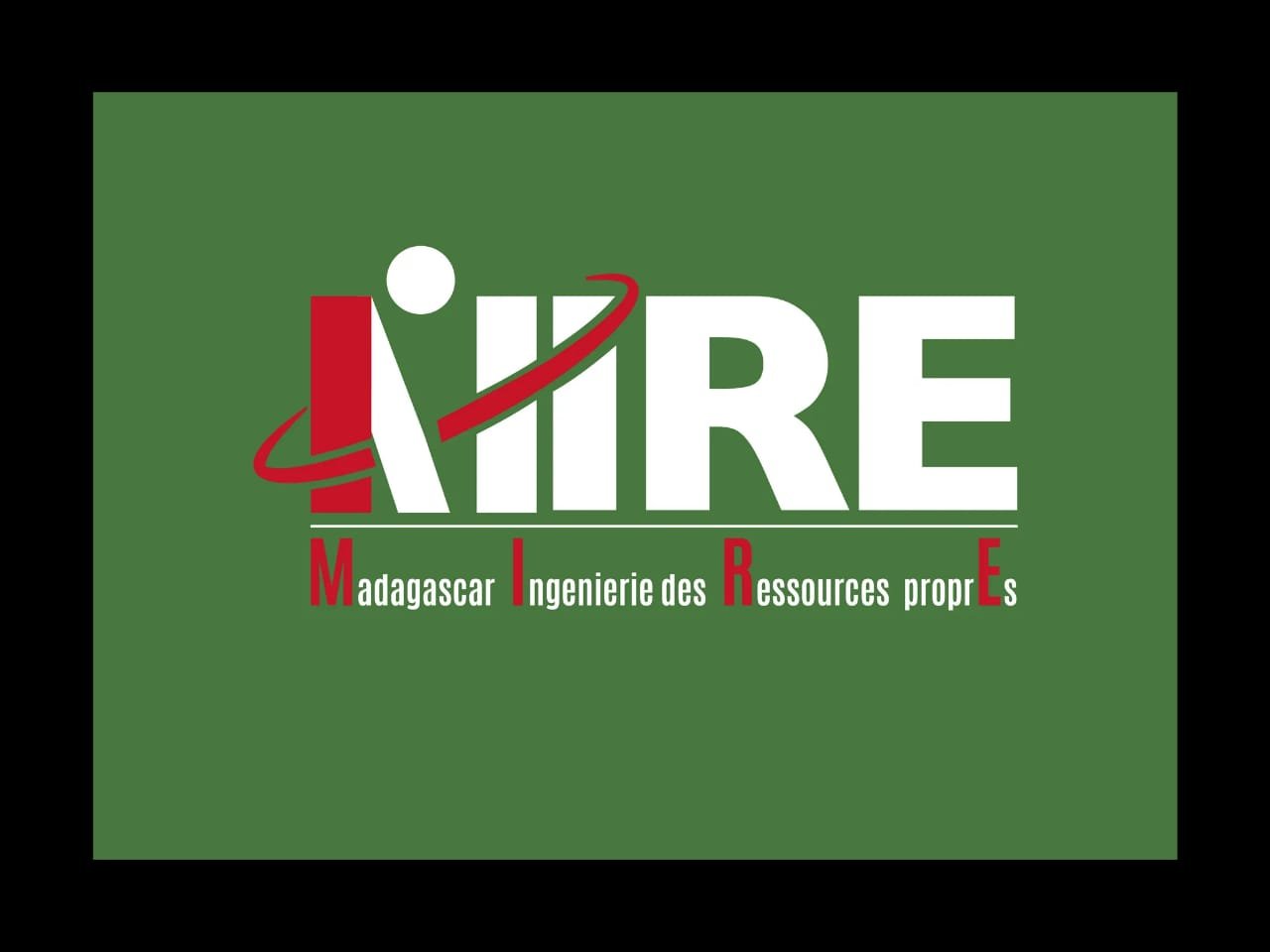Study of the dynamic thermal behavior of the walls of standard constructions in Madagascar
Résumé
Passive housing guarantees a comfortable indoor climate in all seasons without having to resort to expensive systems in terms of energy consumption. Building materials, thanks to their thermal inertia, the ability on the one hand to slow down and attenuate the propagation of thermal wave fluctuations and on the other hand to absorb and store energy, play a major role in this sense. The object of this article is to determine the thermal inertia of earth-based walls, shaped in brick or not, typical envelopes of dwelling houses in Madagascar. The study is based on the dynamic thermal characteristics defined by the international standard ISO 13786. This also specifies the methodological for their calculations. The results are intended to guide the choice integrating thermal comfort with low energy consumption in future constructions. They show that the thickness of the wall has a significant effect on the time lag as well as the decrement factor of the daily variations of the temperature. It follows that, compared to brick walls, rammed earth walls present a greater capacity to absorb, store and release heat. It can be deduced that building designed with such an envelope provide better thermal comfort during hot seasons in the highlands where tropical climate is tempered by altitude and throughout the year in other regions. These encouraging results prove that traditional earth constructions have their place in sustainable building today.
Thermal inertia, Time lag, Decrement , Rammed raw earth, ISO 13786 , Heat transfer matrix
References
[1] - Roberz F. et al, 2017, vol 138, pp 432 – 442. Ultra-lightweight concrete: Energy and comfort performance evaluation in relation to buildings with low and high thermal mass. Energy and Building.
[2] - ISO 13786, 2007. Thermal performance of building components, Dynamic thermal characteristics, Calculation methods.
[3] - Alberto M., Hashem A., 2017, vol 157, pp 184 – 194. An index for the overall performance of opaque building elements subjected to solar radiation. Energy and Building.
[4] - Emanuele H., Cianfrini M., Roberto L., 2017, vol 126, pp 50 – 57. Definition of parameters useful to describe dynamic thermal behavior of hollow bricks. 72nd Conference of the Italian Thermal Machines Engineering Association, Lecce-Italy, Energy Procedia.
[5] - Liebard A., 2005. Traité d’architecture et d’urbanisme bioclimatique : concevoir, édifier et aménager avec le développement durable. Édition du moniteur.
[6] - Jean Louis I., 2006. L’inertie thermique dans le bâtiment. Laboratoire ABC – ENSA Marseille.
[7] - Noren A., Akander J., Isfält E., Söderström O., 1999, vol 1. The effect of thermal inertia on energy requirements in a Swedish building results obtained with three calculation models. International Journal of Low Energy and Sustainable Buildings.
[8] - Aste N., Angelotti A., Buzzetti M., 2009, vol 41, issue 11, pp 1181-1187. The influence of the external wall’s thermal inertia on the energy performance of well insulated buildings. Energy and Buildings.
[9] - Medjelekh D., Laurent U., Abdou S., Frédéric D., 2016, vol 106, pp 57-77. A field study of thermal and hygric inertia and its effects on indoor thermal comfort: Characterization of travertine stone envelope. Building and Environment.
[10] - Emilio S., Younsi Z., Cherif Y., Antczak E., 2017, vol 7, pp 56 – 65. Thermal performance evaluation of a massive brick wall under real weather conditions via the conduction transfer function method. Case studies in construction materials.
[11] - Faycal E., Lalhaj Z., Brachelet F., Antczak E., Chapiseau C., 2015, vol 3, pp 102 – 111. Thermal performance of unfired clay bricks used in construction in the north of France: Case study. Case studies in construction materials.
[12] - Elangovan R., Kumar A., Alur R., 2017, pp 169 – 188. Thermal performance of building envelops. Encyclopedia of Sustainable Technologies, Elsevier.
[13] - Carlos J., 2017, vol 122, pp 1045 – 1050. An evaluation on the effect of night ventilation on thermal mass to reduce overheating in future climate scenarios. CISBAT International Conference – Future Buildings & Districts – Energy Efficiency from Nano to Urban Scale, Lausanne-Switzerland, Energy Procedia.
[14] - De Gracia A., Castell A., Medrano M., Cabeza L., 2011, vol 52, issue 7, pp 2495 – 2500. Dynamic thermal performance of alveolar brick construction system. Energy Conversion and Management.
[15] - INSTAT, 2016. Enquête auprès des ménages (EPM 2010). Antananarivo, Madagascar.
[16] - ISO 6946, 2007. Building components and building elements, Thermal resistance and thermal transmittance, Calculation method.
[17] - Cianfrini M., Corcione M., Lieto R., Habib E., Quintino A., 2015. Thermal inertia of hollow wall blocks: actual behavior and myths. CISBAT, Lausanne-Switzerland.
[18] - Saboor S., Ashok B., 2015, vol 79, pp 766 – 771. Effect of air space thickness within the external walls on the dynamic thermal behaviour of building envelopes for energy efficient building construction, Energy Procedia.
[19] - Lakatos, 2016, vol 11, issue 1, pp 1 – 7. Investigation of heat transfer decrement of wall structures comparison of measurements and calculations. WSEAS Transactions on Heat and Mass Transfer.
[20] - Asan H., 2006, vol 4, issue 5, pp 615–620. Numerical computation of time lags and decrement factors for different building materials. Building and Environment.
[21] - Tzoulis T., Kontoleon K., 2017, vol 38, pp 381 – 388. Thermal behaviour of concrete walls around all cardinal orientations and optimal thickness of insulation from an economic point of view, Procedia Environmental Sciences.


